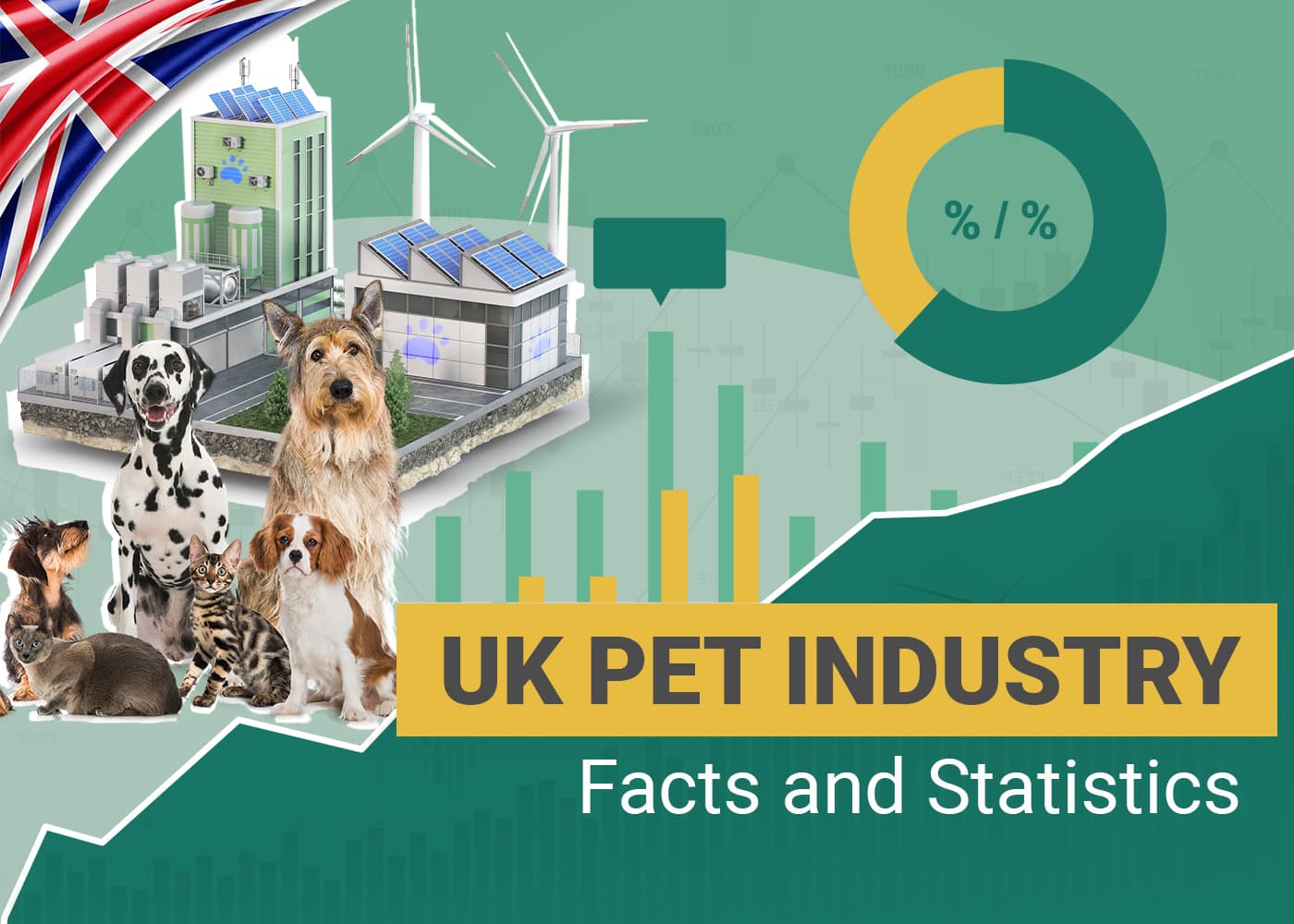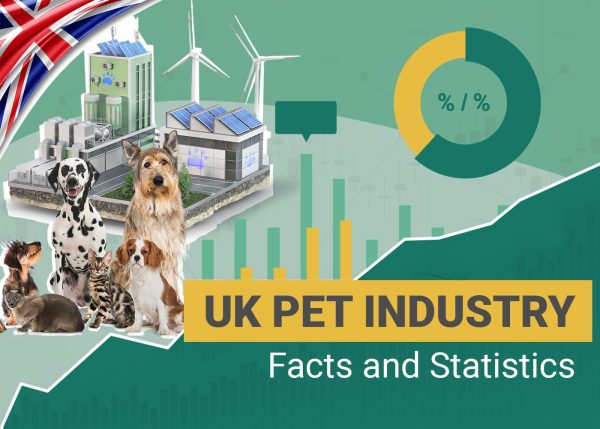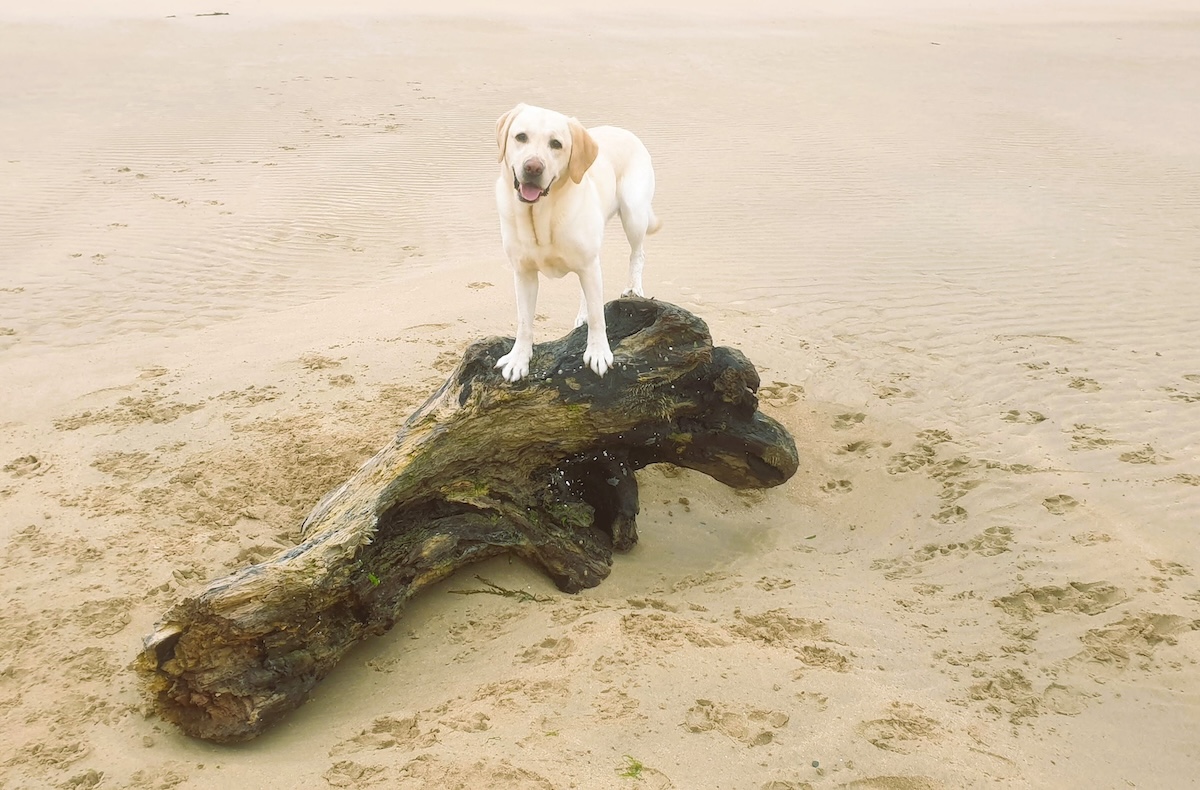Click to Skip Ahead
Note: This article’s statistics come from third-party sources and do not represent the opinions of this website.
Pets provide companionship, can improve mental health, and motivate owners. They can range from small caged animals like hamsters and mice to larger animals including horses. But the two most common types of pets are cats and dogs, with a combined total of more than 25 million of them across the UK. Such is the country’s relationship with pets that 57% of households own at least one pet, with many multi-pet households having multiple pets of each species.
The number of pets, and the fact that our pets are typically treated as part of the family, means that the pet industry is sizable. It is estimated that Brits spend £8 billion a year on pets, with food being the biggest outlay for most owners. Vet bills also feature high on the list of expenses, although these can be offset with insurance policies, and there is a rise in the number of pet owners that use dog walking and pet sitting services.
Below are 15 statistics related to the UK pet industry to give a clearer picture of the market.

The 15 Pet Industry Statistics
- There are 13.5 million dogs and 12.5 million cats in the UK.
- 57% of UK households keep pets.
- The number of pets in the UK rose 9% between 2022 and 2023.
- There has been a 50% increase in the number of small pets.
- There are approximately 3,000 pet shops in the UK.
- The UK spends £8 billion a year on pets.
- Vet bills total nearly £5 billion a year.
- Pet insurance pays out £1 billion a year.
- Pet owners spend £1.2 billion a year on pet grooming products.
- The dog food industry is worth nearly £2 billion a year.
- The cat food market is worth £1.4 billion a year.
- Around two-thirds of pet owners have tried to reduce the amount they spend on pet food.
- Butcher’s is the most popular dog food brand.
- Purina Felix is the most popular cat food brand.
- British owners spend around £500 a year on pet treats.

UK Pets
1. There are 13.5 million dogs and 12.5 million cats in the UK.
(UK Pet Food)
Pets enrich our lives, and that is a sentiment that the UK certainly agrees with. There are more than 30 million pets in the UK including 13.5 million and 12.5 million cats. There has been an increase in the number of exotic pets like snakes, of which there are believed to be around 600,000.
There are also nearly 3 million birds including indoor birds and domestic fowl.
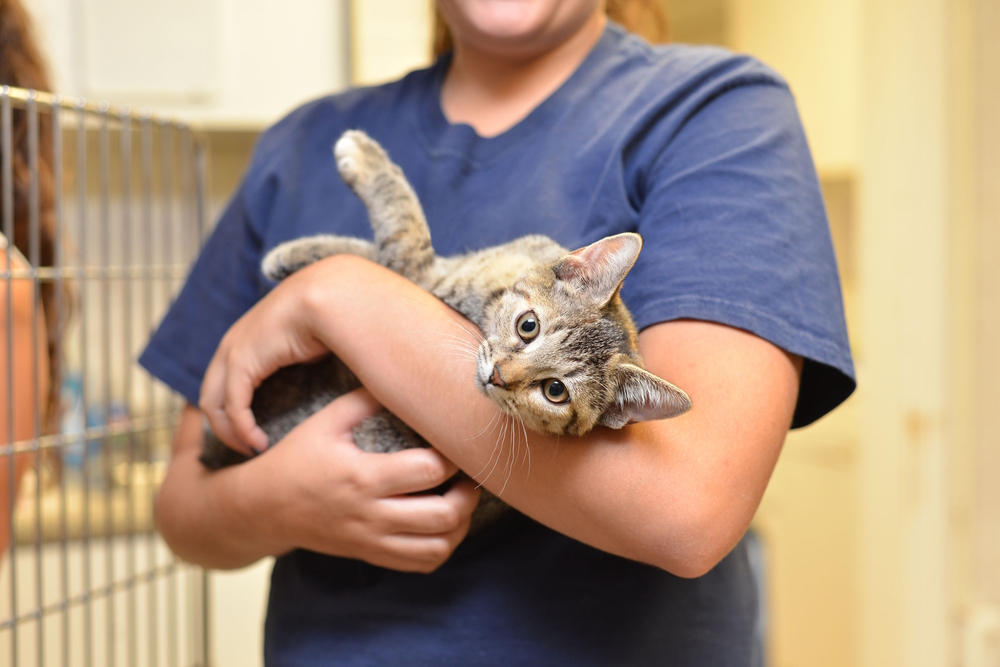
2. 57% of UK households keep pets.
(Veterinary Practice)
Pets are generally thought of as being part of the family and that’s evident by the fact that 57% of households keep at least one pet. While that is an impressive figure, it is actually down 5% from 2022, when 62% of households kept pets.
The drop is due to many pet owners relinquishing their pets because of the cost of living crisis and because of changes in personal circumstances caused by a return to workplaces. 13% of pet owners admitted to having relinquished a pet.
3. The number of pets in the UK rose 9% between 2022 and 2023.
(Veterinary Practice)
While the number of pet-owning households dropped between 2022 and 2023, the total number of pets owned across the country rose. An estimated 38 million pets live in the UK, which is up from 35 million in 2022.
This means fewer people own more pets, which is a likely indication that existing pet owners have adopted relinquished animals and helped ensure they have loving homes.
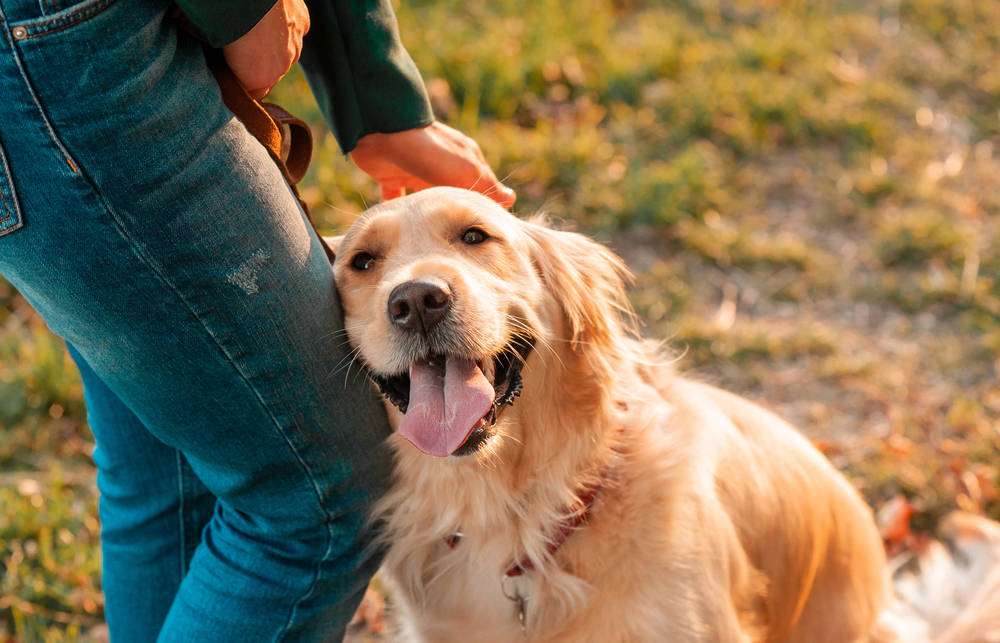
4. There has been a 50% increase in the number of small pets.
(Veterinary Practice)
There has been a significant increase in the total number of small pets in the country. The number of rabbits, guinea pigs, hamsters, and other small animals has risen by 50% to 5 million. Small animals are often seen as being lower maintenance than big pets like dogs and cats.
While they don’t require the same amount of attention, they do still need exercise and stimulation, and their cages and runs need regular cleaning to ensure they have sanitary conditions to live in.
The UK Pet Industry
5. There are approximately 3,000 pet shops in the UK.
(Ornamental Aquatic Trade Association)
Although there isn’t an exact figure, there are believed to be 3,000 pet shops across the UK, which may include garden centres and other shops that also sell pets, as well as dedicated pet shops. Since the introduction of Lucy’s Law in 2020, it has been illegal for third parties to sell puppies and kittens under 6 months old.
Third parties are businesses that did not breed the young animals themselves and that are not rescues or shelters. The law aimed to prevent puppy and kitten mills from being able to sell large quantities of animals to shops.

6. The UK spends £8 billion a year on its pets.
(Noble Futures)
Not only does the UK own a lot of pets, but owners are willing to spend big on their pets. In total, Brit owners spend around £8 billion a year on pets. This includes food, treats, and general maintenance items. It also includes some vet bills.
7. Vet bills total nearly £5 billion a year.
(Statista 1)
Vet bills would be one of the biggest expenses for most owners, but these are offset by the use of insurance for a lot of owners. Vet bills for UK owners total nearly £5 billion a year. Insurance policies include accident-only and accident and illness policies.
Comprehensive policies can cover everything from X-rays and tests to operations and hospital stays. Owners do not legally have to have pet insurance but it can help meet unexpected and unplanned costs.

8. Pet insurance pays out £1 billion a year.
(British Pet Insurance)
Although pet insurance policies for dogs and cats are common, it can be very difficult to find policies for other pet types. With that said, the growing number of snakes and reptiles in the country means that more insurance companies are offering these types of policies, and the number will likely only increase in the future.
Pet insurance pays out £1 billion a year. It is especially beneficial for procedures that would cost thousands of pounds. Many owners would be unable to pay for these treatments without insurance, so an insurance policy can literally be a lifesaver.
9. Pet owners spend £1.2 billion a year on pet grooming products.
(Grand View Research)
It is possible to undertake some pet grooming at home. Regular brushing helps keep pets comfortable and can prevent skin and coat problems. Claws need to be trimmed and this benefits owners and their belongings as well as the animals themselves.
But, even a basic brushing every few days still requires the purchase of some grooming products, and if you regularly bathe a dog or cat, you will need to buy appropriate shampoo and other products.
UK owners spend £1.2 billion a year on pet grooming products, which doesn’t include the cost of using professional grooming services.
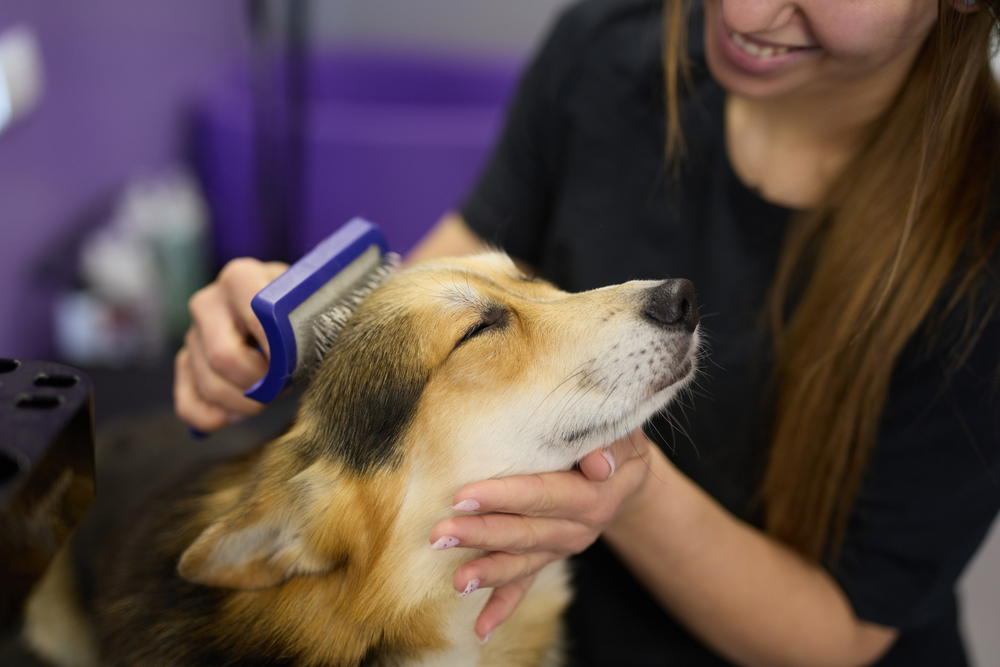
The Food and Treat Market
10. The dog food industry is worth nearly £2 billion a year.
(Statista 2)
The single biggest cost of owning a pet, in most cases, is the purchase of nutritious and healthy food. It is not surprising that dog food accounts for the largest spend of any pet species, with an annual expenditure of £2 billion.
Dogs are omnivores, and their diets tend to include more ingredients than cats, which are obligate carnivores.
11. The cat food market is worth £1.4 billion a year.
(Statista 2)
The principal types of dog and cat foods are dry and wet foods. While dry foods are preferred by some owners because of their longer shelf life and tidiness, some owners prefer to give wet food. Wet food is more palatable, but it spoils quicker and tends to cost more.
Some cats, especially, are reluctant to eat biscuits, so despite the size disparity, the cat food market is still worth £1.4 billion a year in the UK.
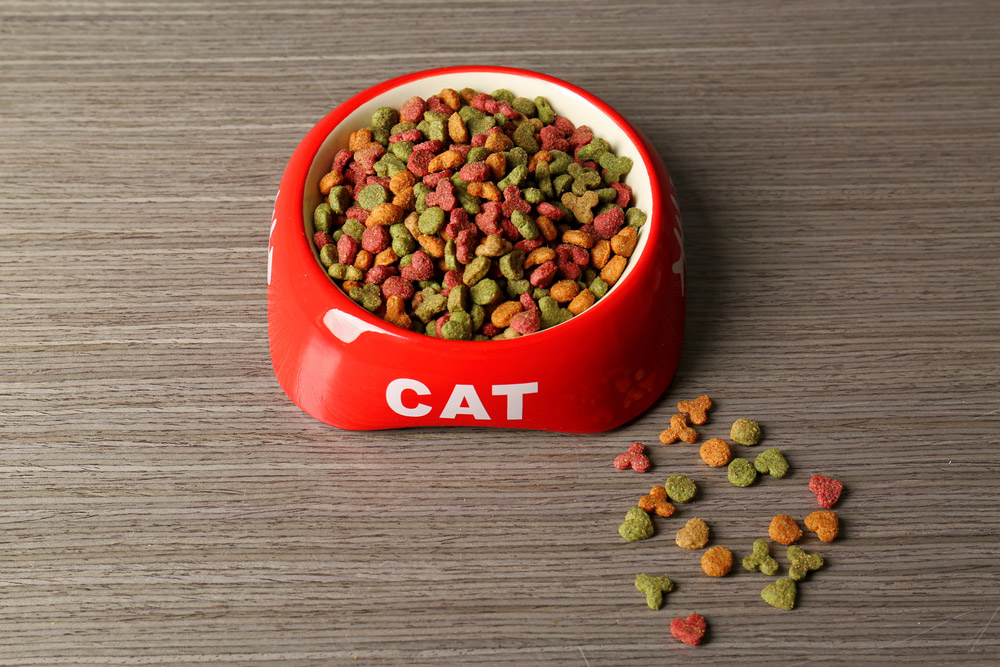
12. Around two-thirds of pet owners have tried to reduce the amount they spend on pet food.
(Mintel)
Not all pet food is created equal, despite all good foods being labelled as complete and nutritious. Some use premium, natural, and organic ingredients, while others use fewer natural ingredients.
According to one survey, 67% of pet owners have said they have tried to reduce the amount they spend on pet food, and many have said that this will be a permanent change and won’t be reversed even if the cost of living crisis abates.
13. Butcher’s is the most popular dog food brand.
(Mintel)
There is a dizzying array of dog foods available in shops and online from manufacturers including Mars Petcare and GA Pet Food Partners. One of the largest manufacturers is Inspired Pet Nutrition, which was formerly known as Wagg Foods, but the single most popular dog food brand in the country is that of Butcher’s.
Butcher’s makes wet food that does not contain any cereal, soya, gluten, or artificial additives.
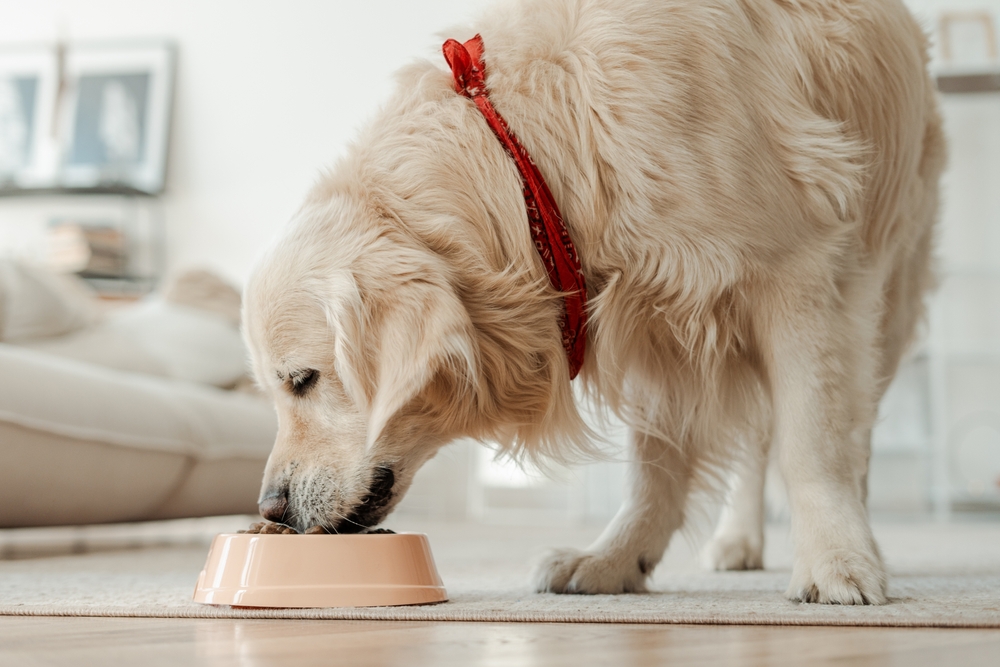
14. Purina Felix is the most popular cat food brand.
(Mintel)
Similarly, there is a varied range of cat foods available including dry and wet. The most popular brand in the UK is Purina Felix. They advertise heavily and their food is affordable and available in most supermarkets, as well as pet shops, helping improve its popularity.
15. British owners spend around £500 a year on pet treats.
(GA Pet Food Partners)
Treats are great for training and as a means of showing your pets how much you care. The average UK pet owner spends £500 a year on pet treats, which is roughly equivalent to £10 per week.
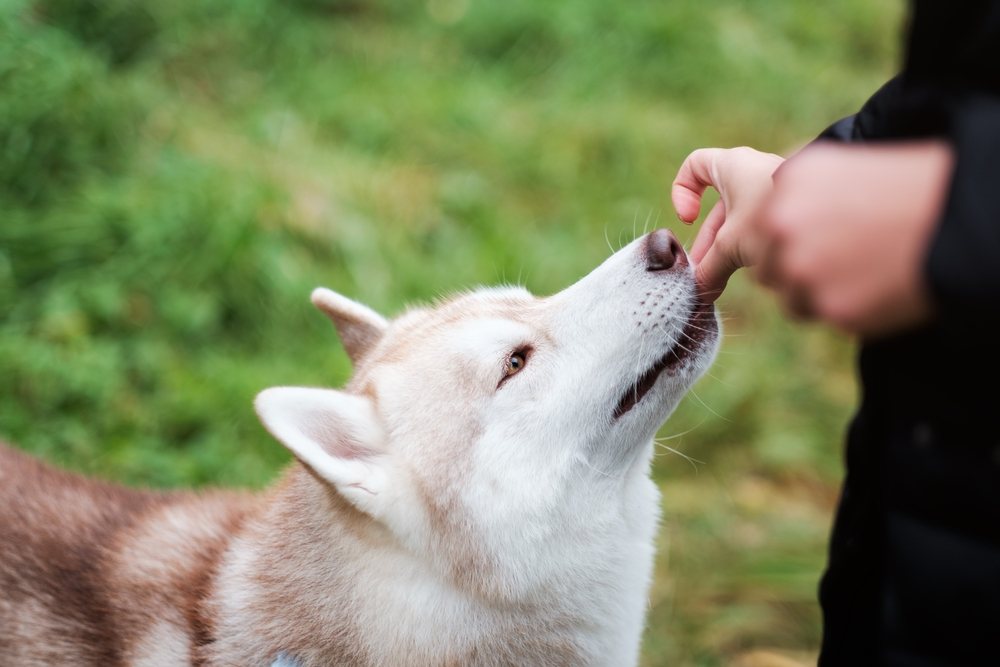
Frequently Asked Questions (FAQ)
Which sector of the pet industry is the largest?
The pet food sector is the largest. All pets need to eat, and even during difficult financial times like the current cost of living crisis, owners need to provide food for their pets. As such, while trends might change, pet owners will continue to buy food for their dogs, cats, and other pet types.
Veterinary treatment is also a major industry, along with medical and health-related items, although some of these costs are offset by insurance policies.
Do owners have to have pet insurance?
There is no law stipulating that pet owners have to have insurance in the UK, although it is generally advised that they do. For a monthly or annual premium, owners can enjoy financial protection in the event of an accident or unexpected illness.

Is the pet industry growing?
Despite fewer homes owning pets in 2023 compared to 2022, the total number of pets has increased. This has led to an increase in the pet industry, despite the cost-of-living crisis causing owners to have less disposable income to spend on pets.
Owners are looking at higher quality, more nutritious foods, and those who have had to head back to work after working from home for 12 or 24 months have had to pay for services like dog walkers and pet sitters to help them manage.

Conclusion
The total number of pet-owning households in the UK dropped between 2022 and 2023, but the number of pets in the country rose. And, despite the cost-of-living crisis, UK pet owners now spend around £8 billion a year on their pets. Pet food is considered the single biggest sector, and within this sector, it is dog food that makes up the majority of purchases, with cat food coming a close second.
An increase in small pets means that products and services catering to small animals will likely continue to expand in the coming years and while some owners are looking to spend less on pet food, others want healthier and more nutritious foods and treats, which means the basic and premium pet food markets will likely both see an increase in revenue.

